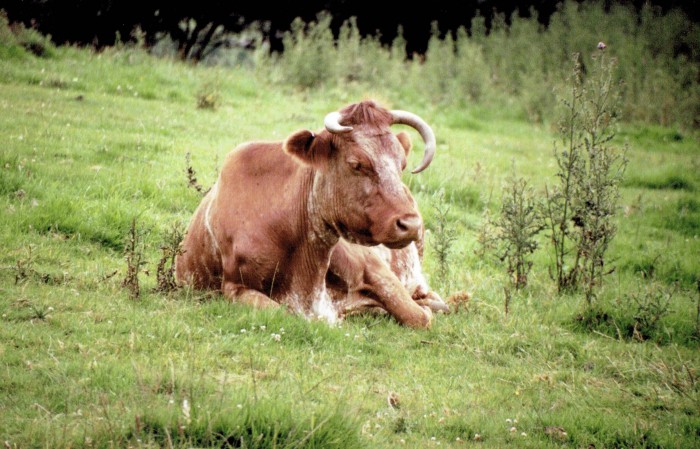Spring in full flow at Hope Bagot
Although the second week in May turned cool by comparison with the very warm weather leading up to the V.E. Day anniversary, it did not check the tide of fresh life flooding into the Welsh Marches. Yellow is the colour that is very much dominating the scene now as the bluebells start to fade or be hidden by the sprouting undergrowth. In the distance, we can see the bright, rather acid yellow of fields of oilseed rape being grown on some of the hillsides around the Teme Valley. Bad news for hayfever sufferers! Closer to home, dandelions have studded the pastures and verges, followed by a wonderful sea of golden buttercups in our home fields. In the field margins, cowslips are flowering. It is nice to know that these once-common wild flowers are making something of a comeback, not just here in our Environmentally Sensitive Area, but in other parts of the country where the land is being managed in a way that leaves room for wildflowers, birds and animals.
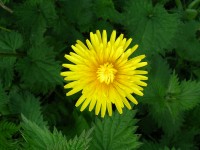
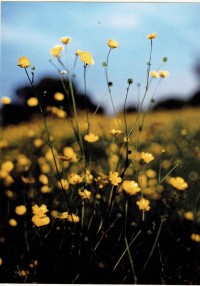
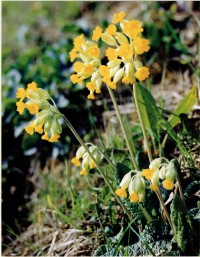
One of our yellow fields, however, has turned green again. We have had cows and calves turned out on the smallholding, eating all the lovely lush spring grass – and many of the buttercups have gone with it! But what we lose in swaying gold, we have gained in amusement value, for there is always something to watch with the young cattle frolicking about and trying to get their mothers to stop eating and join the games. So hot was it on one or two days that even the cattle wanted to do nothing but lie flat and rest out of the full sun.
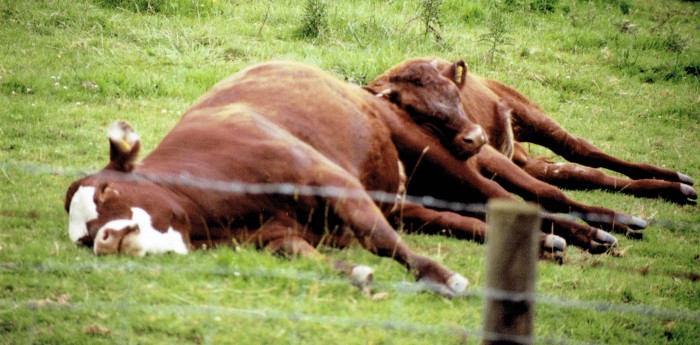
Some of our guests in the past were not very familiar with cattle, and have spoken to us about “the bull” in the field, in the belief that anything with horns is a bull. In fact, there are many breeds of cattle in this country that naturally grow horns – bulls and cows alike. It’s just that these days, farmers mostly put something on the horns of young calves that painlessly stops the horns from growing. This is to make it safer to handle them when they are inside or have to be handled in any way, as a sharp horn can cause a nasty injury quite by accident. Before the last war, most cows had horns, and nursery rhymes remind us of it
“… This is the maiden all forlorn
That milked the cow with the crumpled horn …”
And just by way of proof, a cow with the crumpled horn in our very own field!
